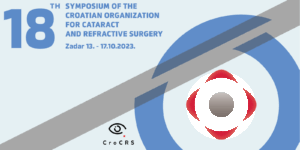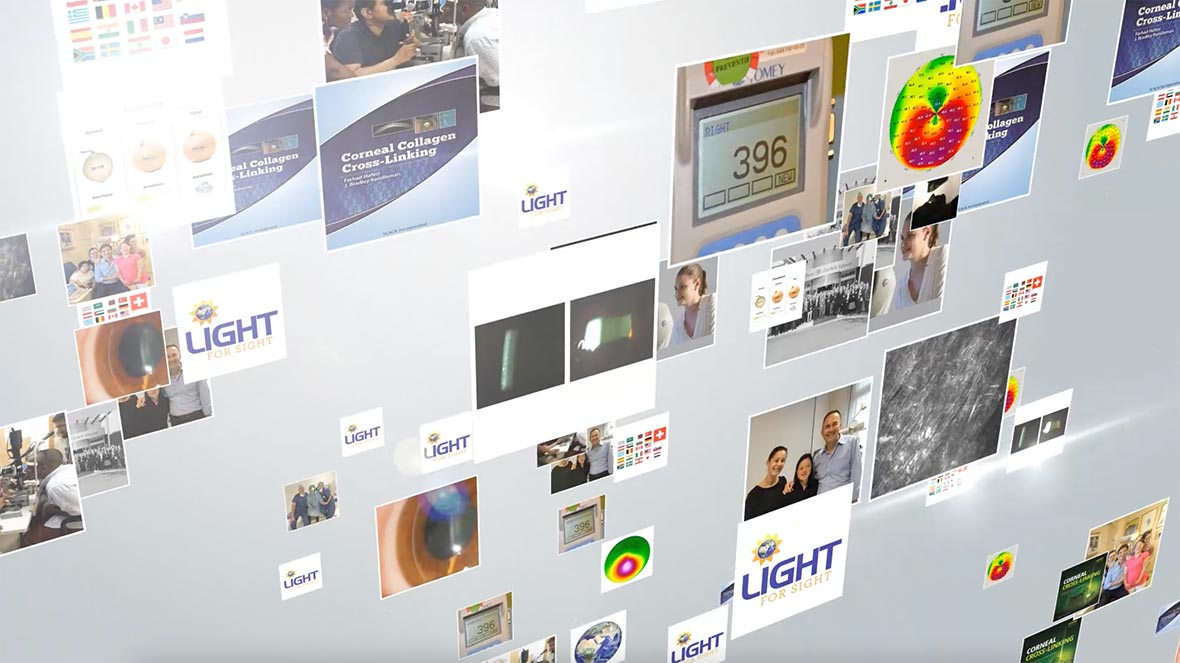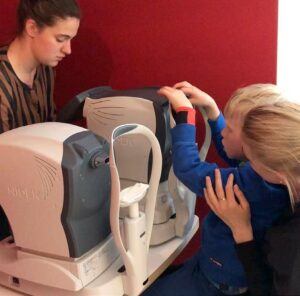Keratoconus is a disease that goes along with a diminished biomechanical stability of the cornea. The cornea becomes too soft, leading to an increased bulging and protrusion of the cornea. Since the cornea represents an important part of the eye’s optics, a number of symptoms occur: fluctuations in visual acuity, a reduction of visual acuity that cannot entirely be corrected for with glasses or even contact lenses, and halos around light sources.
Other symptoms include an increased sensitivity to light and glare. Even the best pair of optical glasses may not achieve good vision. Keratoconus has an incidence of 1:1500 patients in the general population.
The causes are still unknown: an increased incidence in families might indicate genetic causes. Another factor that clearly indicates an increased risk for keratoconus development is extensive eye rubbing over years, for example in chronic allergies.





